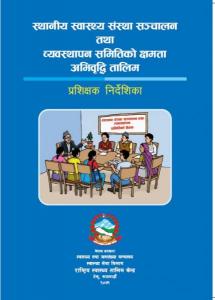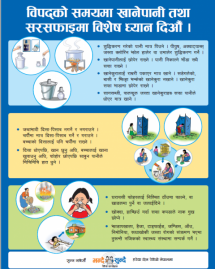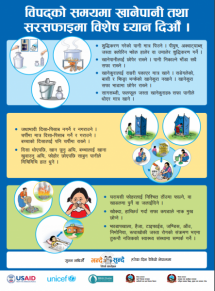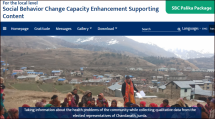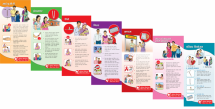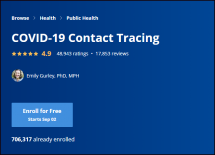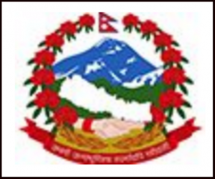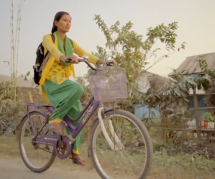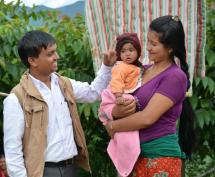Suaahara Health Facility Operation and Management Committee Capacity Building Training and Operation Guidelines
Suaahara was a five year (2011-2016) project funded by USAID aimed to improve the nutritional status of women and children in 41 districts of Nepal. The project focused on improving health and nutrition behaviors at the household level through promotion of Essential Nutrition and Hygiene Actions (EN/HA), particularly Maternal, Infant and Young Child Nutrition (MIYCN), and addressing other determinants of under-nutrition, such as availability of and access to food, hygiene, quality of health care, child spacing and socio-cultural factors including gender and marginalization.
Suaahara was implemented by a consortium of partner organizations led by Save the Children.
The SBCC strategy established an internal quality materials review and production system to ensure that all partners in the consortium had mutually reinforcing, quality materials developed, pretested, produced and disseminated to the end user.
Suaahara developed these Training Guidelines, Participant Handbooks and Review Meeting Operation Guidelines to support Health Facility Operation and Management Committee (HFOMC) so that HFOMC can successfully and effectively manage health facilities and provide quality service to the people.
These guidelines/participant handbooks were used by trainers and participants who were involved in the HFOMC training in the districts.
NOTE: All three items are attached in one PDF.
Last modified: January 17, 2022
Language: Nepali

